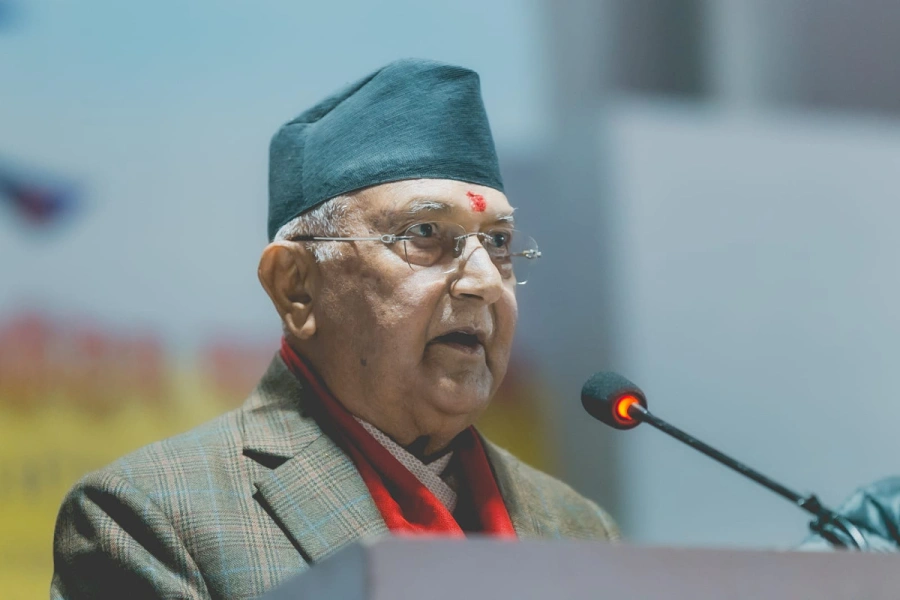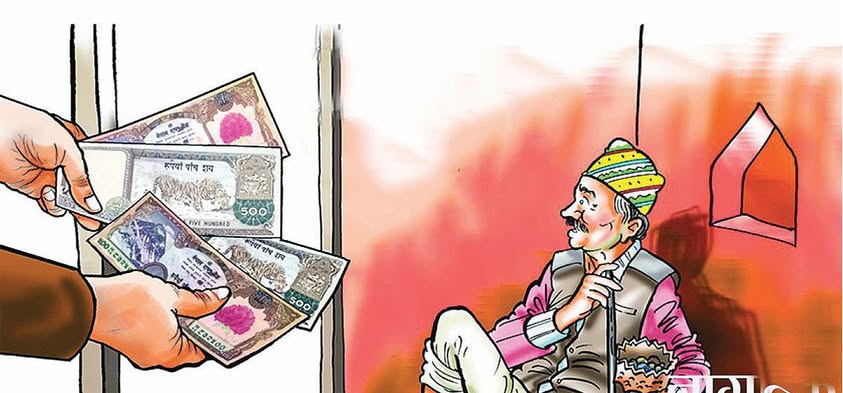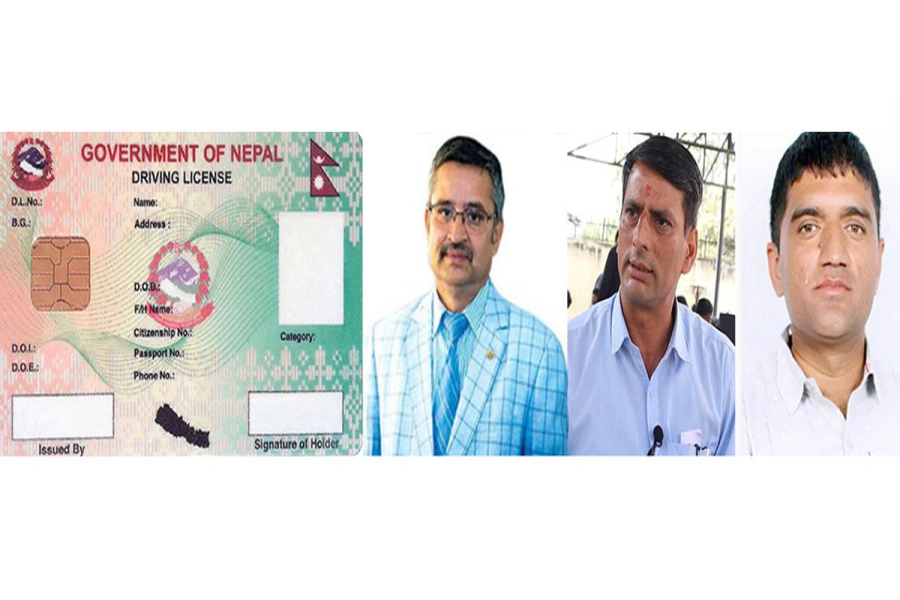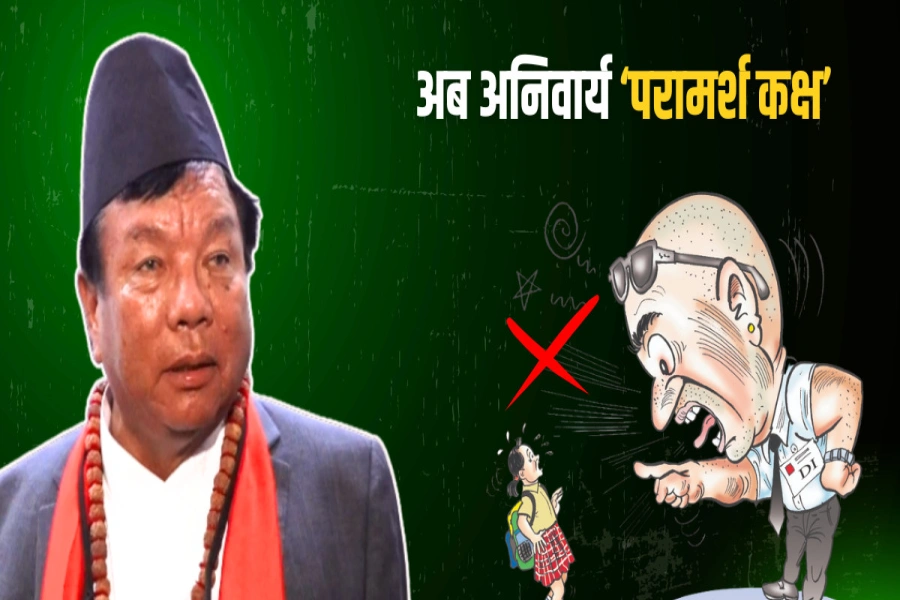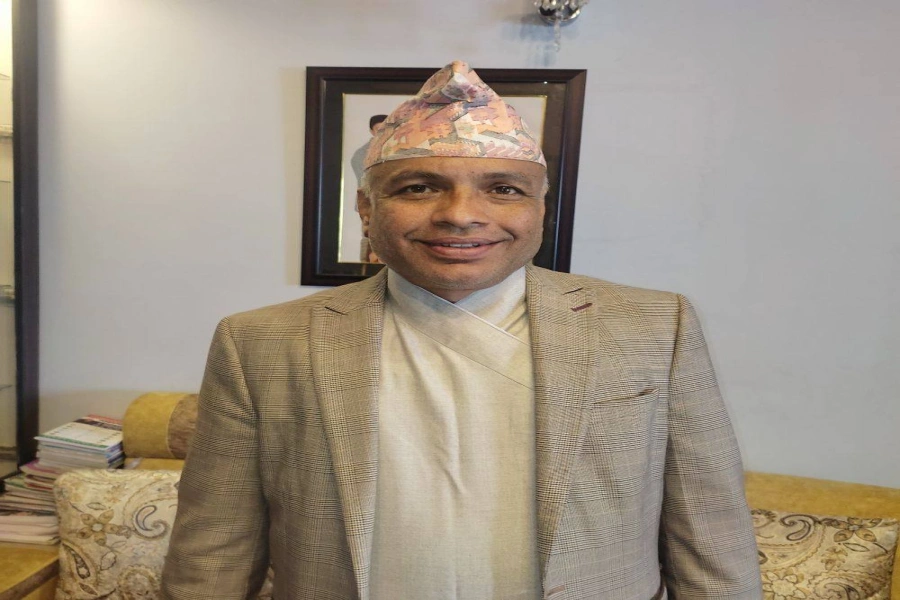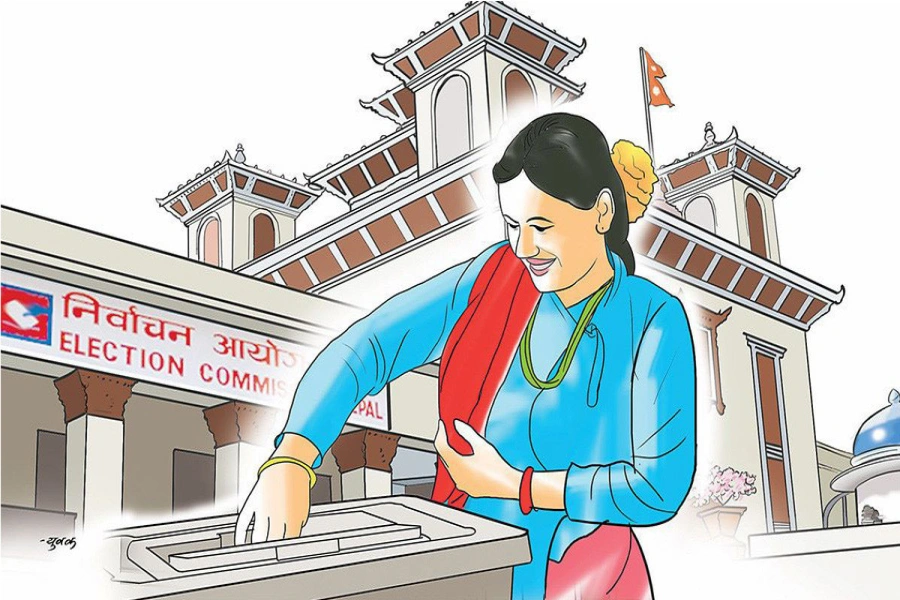KATHMANDU, April 14: Political parties, in a bid for cheap popularity, have increased social security allowances, creating an unsustainable burden for the state. With such allowances increasing nearly elevenfold over the past decade, a proposal has been made to raise the eligible age for receiving such benefits from 68 to 70 years.
The High-Level Economic Reform Recommendation Commission, formed to provide suggestions for reforming the economic sector, has advised the government to provide social security allowances to senior citizens only from the age of 70. This recommendation was included in the report submitted to Finance Minister Bishnu Poudel on Friday by the commission, led by former Finance Secretary Rameshwor Khanal.
Currently, the government provides social security allowances to citizens aged 68 and above. Previously, the allowance was provided from age 70, but the government led by Sher Bahadur Deuba started offering the benefit from 68 years ahead of the 2022 elections. “The Social Security Act 2018 should be amended to raise the eligibility age for elderly allowance from 68 to 70 years,” the commission has stated in its report submitted to the government.
In the fiscal year 2013/14, the government had allocated Rs 12.99 billion for social security allowances. By fiscal year 2023/24, the allocation for the same purpose had reached Rs 142 billion. In FY 2013/14, the actual expenditure for social security allowances was Rs 10.94 billion. This amount increased to Rs 116.65 billion by FY 2022/23. According to the Ministry of Finance, spending on social security allowances has increased 10.90 times in a decade.
Govt to raise elderly allowance age to 70

The commission has also suggested not increasing social security allowances for the next five years, and thereafter, increasing them only once every two years based on inflation. It has also proposed imposing a 1.50 percent social security tax on all salary and wage payments and depositing this into the Social Security Fund. Furthermore, informal sector workers should be brought under contribution-based social security coverage.
In addition to social security allowances, other social security programs also consume large government expenditures. In the current fiscal year 2024/25, the federal government has allocated Rs 298.57 billion towards social security. This accounts for approximately 15 percent of the total national budget.
As spending on social security, including allowances, continues to rise, the government is facing difficulties managing these expenditures. The social security allowance program, which began during the tenure of UML-led government under then Finance Minister Bharat Mohan Adhikari, has since been expanded competitively by finance ministers from Nepali Congress and Maoist-led governments.
Although it is the state's duty to provide social security allowances to senior citizens in poor economic conditions, financially well-off individuals have also been benefiting from this provision. Nepalis who receive pensions from India, the United Kingdom, and other countries, as well as those with permanent residency in the United States and elsewhere, have also been receiving both pensions and government-provided social security allowances from Nepal.
Despite the state’s inability to sustain the increasing costs due to unhealthy competition among political parties to expand social security allowances, the commission has recommended increasing the eligible age. While the development budget currently accounts for only about 18 to 20 percent of the total national budget due to limited revenue sources, the government alone spends 8.16 percent of its budget on social security allowances. In FY 2013/14, social security spending accounted for 2.51 percent of the total budget, which has risen to 8.16 percent in FY 2023/24.
The number of people enrolled in social security programs has also been increasing. The number of beneficiaries receiving social security allowances has reached around 3.8 million. The government currently provides Rs 4,000 per month to senior citizens aged 70 and above.
Similarly, Dalit senior citizens aged 60 and above, single women, senior citizens aged 60 and above from designated areas, and widows are provided with a monthly allowance of Rs 2,660.
The high-level commission has also recommended integrating all types of social security with national identity cards and preparing a unified database of social security coverage. It has suggested consolidating allowances provided by provincial and local governments, avoiding duplication in benefits, and assigning the Ministry of Labour, Employment and Social Security the responsibility of collecting and managing all forms of social security data.
The commission has also proposed expanding child grants, currently available in only 25 districts, to all districts but limiting it to poor households. For identifying such households, the use of poverty identification cards has been recommended. In addition, to expand contribution-based social security, industries, businesses, and organizations should be encouraged to enroll in the Social Security Fund.




